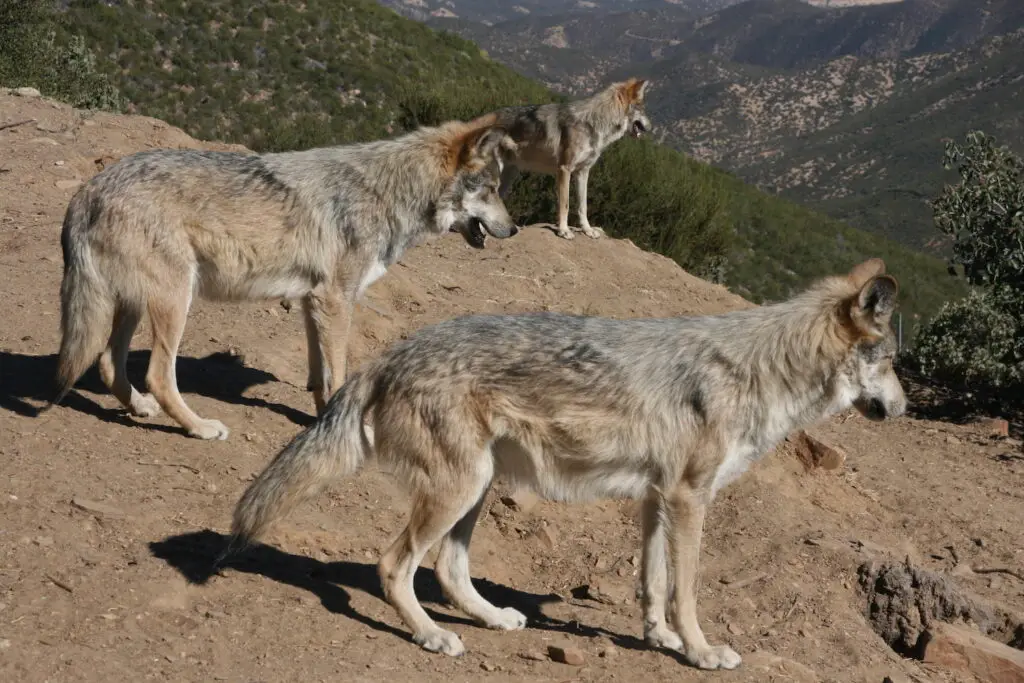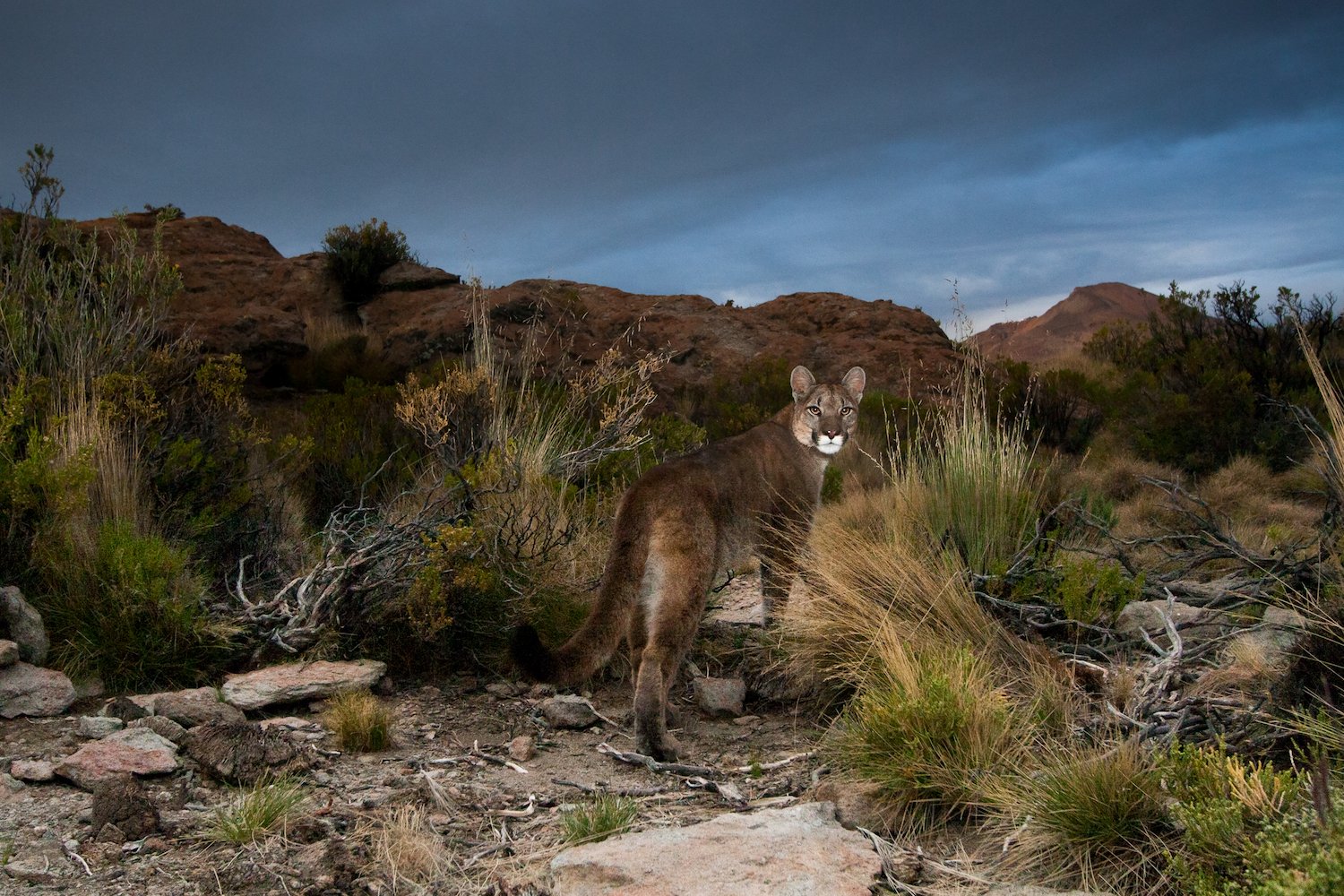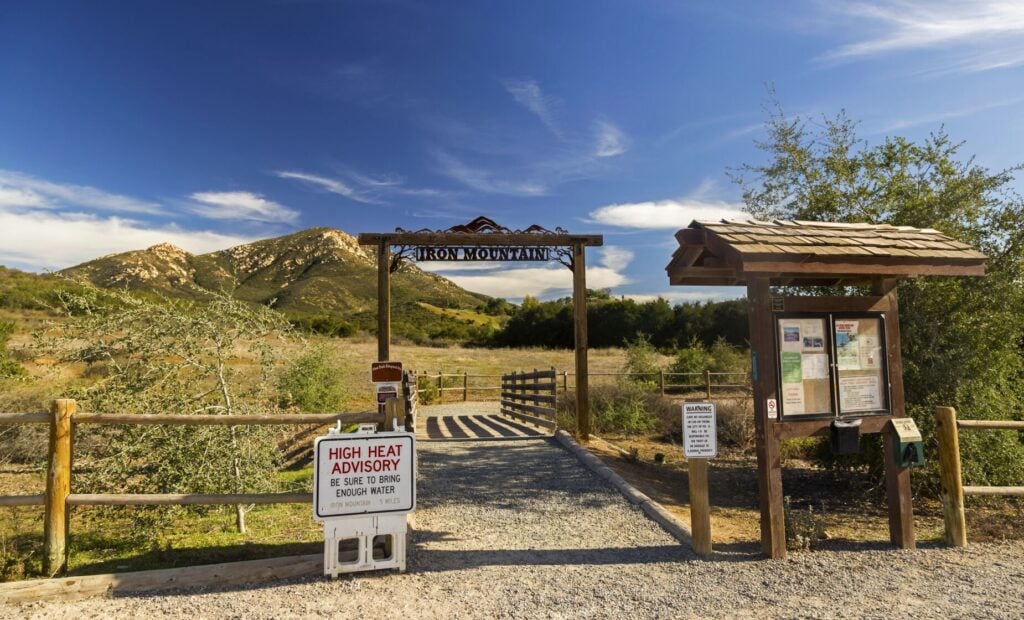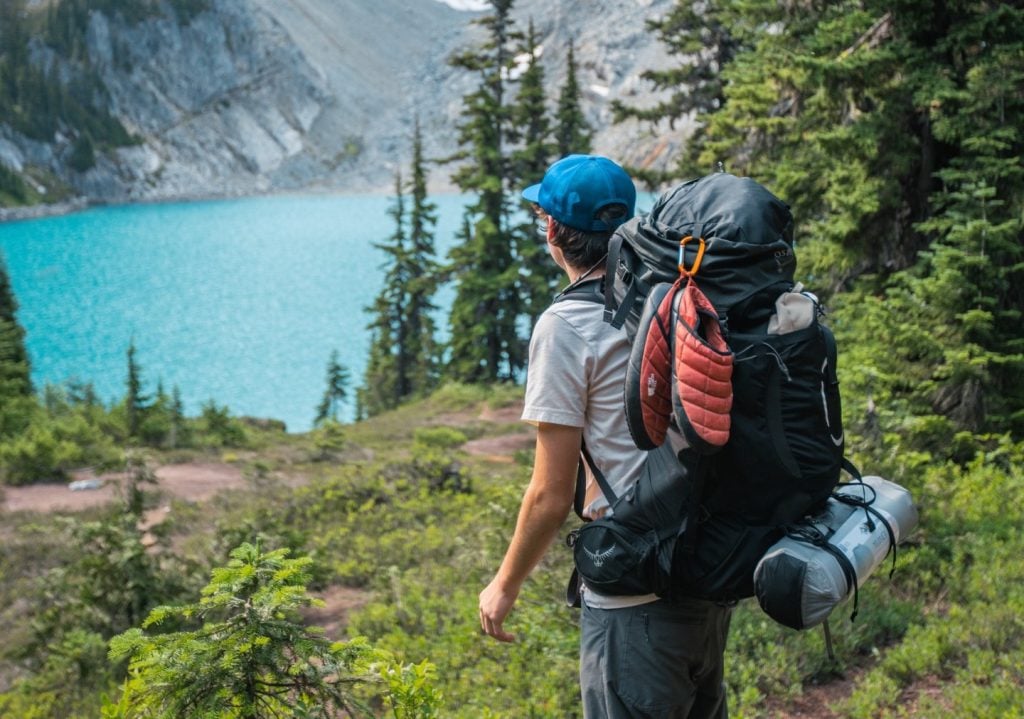I recently read a story that terrified me. It was this story in The New York Times about a mountain lion in the northern California town of Georgetown who attacked two brothers on a trail, killing one of them.
I know there are mountain lions in Mission Trails, where I frequently hike with my son. I also know that attacks are incredibly rare. Still, it’s a scary thought. So I reached out to Josh Rosenau, Director of Policy & Advocacy for the Mountain Lion Foundation, for some reassurance.
He shared information and tips about how common attacks are and what hikers can do to be prepared.
How prevalent are mountain lions around San Diego?
Mountain lions are around throughout Southern California and out into the desert to the east. People see them and they come into backyards now and again. They’ve always been there. You’ll hear people saying that they see more of them, but a lot of that is that people have more cameras.
When they’re out hiking, they’ve got a camera on their phone. They’ve got cameras on their doorbells. They’ve got trail cams that they’re putting up. And so we’re aware of mountain lions in a way that we didn’t used to be because mountain lions don’t want to be around people. And so when there are people around, they usually hide. But if we have cameras set up, they don’t know that we’re around, and they think that they can move through without being spotted. So a lot of it is just that, that we’re aware of what’s around us in ways that we weren’t 10, 20 years ago.
Should people be worried about their safety, given that mountain lions are around?
For the most part, if someone hasn’t had a problem before, they’re probably not going to suddenly have a problem now. There are things that you can do to minimize the risk and to be a good neighbor to all wildlife.
Some basic steps that you can take: If you’ve got outdoor pets that you let run around in the yard, mountain lions, like a lot of carnivores, are most active from dusk to dawn. So putting animals out during the day is a little bit less risky than leaving them out overnight. Same thing for backyard chickens or goats or other critters that people sometimes get in their yards. Bring them inside at night or have them in an enclosed [area such as a] solid roof, solid walls, and some solid floor.
Mountain lions, for the most part, do not want to be around people. If you’re in an area where you can’t really see what’s around you […], you don’t want to stumble on a critter and surprise it and have it react in the moment. So making a little bit of noise like [talking, playing music] or singing], that is just general good advice.
I’ve gotten in the habit of picking up some bear spray. Other people will carry an air horn. I don’t think about what I can do to keep safe from mountain lions, I think about what I can do to keep safe outdoors. And most of that applies just as well to mountain lions as anything else.
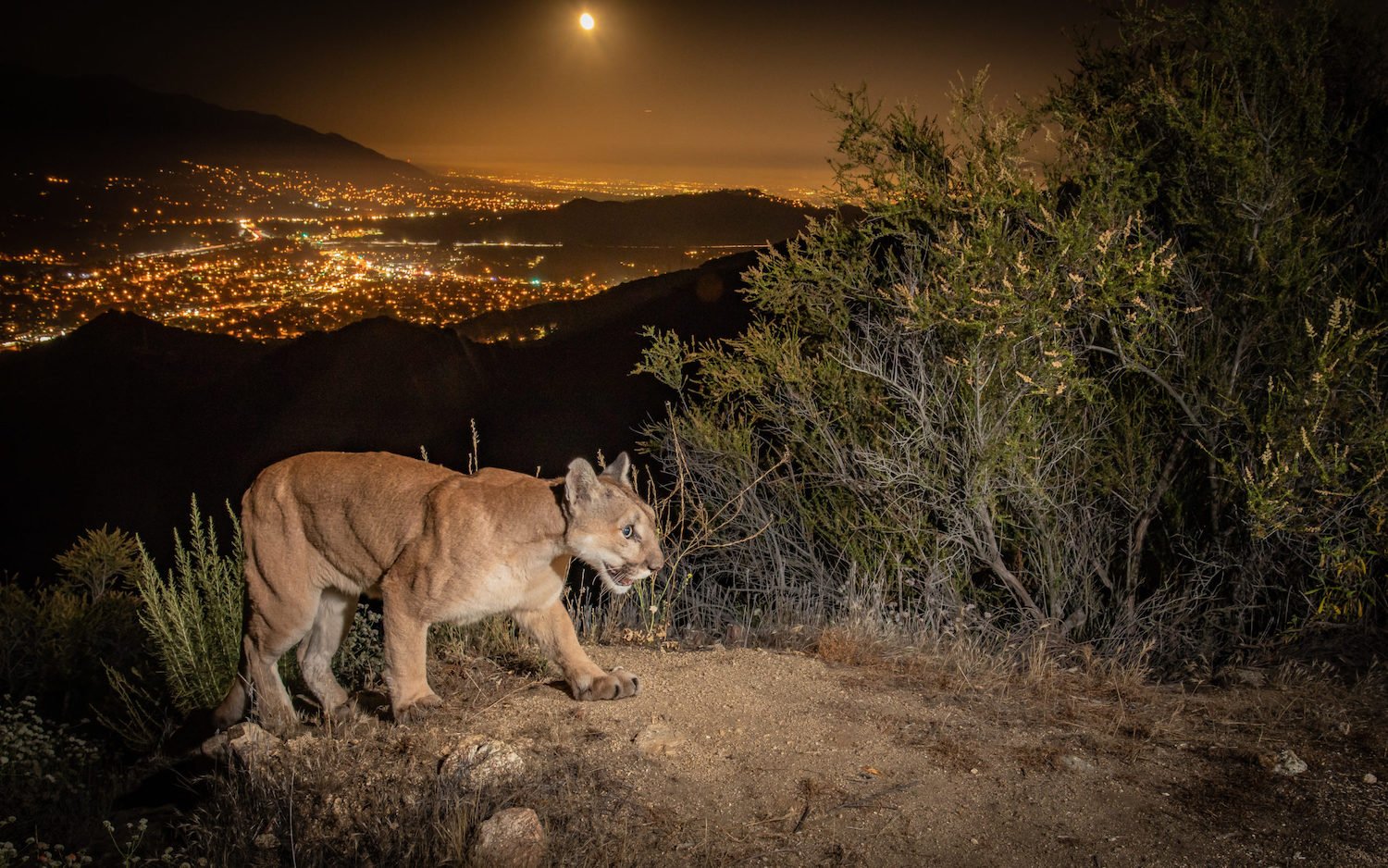
On the trails, what are some general precautions that people should take?
They’re most active from dusk to dawn. So if you’re out at that time of day, switch up the timing a little bit to be more in the middle of the day. That’s partly when they are most active, but it’s also when we can see best. So we’re more likely to notice something odd on the trail and slow down and maybe make a little bit of noise, maybe just clap hands a couple of times and make sure that we’re not interrupting a mountain lion that’s feeding or something.
In scientific literature, there’s some suggestion that mountain bikers may be at a higher likelihood of having a close encounter with a mountain lion. And some of that is just they’re moving a lot faster. They might have earbuds in, or they’re more likely to surprise a mountain lion or other wildlife. And so that can be a factor.
The other thing you see are pets or kids running around and sometimes they’re crawling on all fours and not moving like a person. And so they’re more likely to trigger that instinct. And then in the mountain lion’s mind, when they realize what’s going on, and then they see people running over and screaming and yelling, they clear out. But that moment when someone has a five-year-old or a three-year-old that’s just pushing around through the ferns and all of a sudden something leaps out, even if it’s just a little cub, it’s pretty scary. So keeping kids close at hand, keep pets on a leash.
Mountain lions have got two competing instincts. One is that they’re an ambush predator, right? They see something that looks like prey and they want to jump out at it. And they’re also scaredy cats. And so if there’s something that seems like it’s big and tough and scary, they want to run away from it. So in an encounter, if it happens, if you make it clear that you’re big and scary, that gives them the excuse to turn around or run away.
Getting out of that area is helpful, but doing it in a way that makes keeping your eyes on the cat moving away slowly and deliberately so that it’s clear that you’re big and scary and ready to mess with anyone who messes with you. That tells them what they need to know. It sends a clear signal to them.
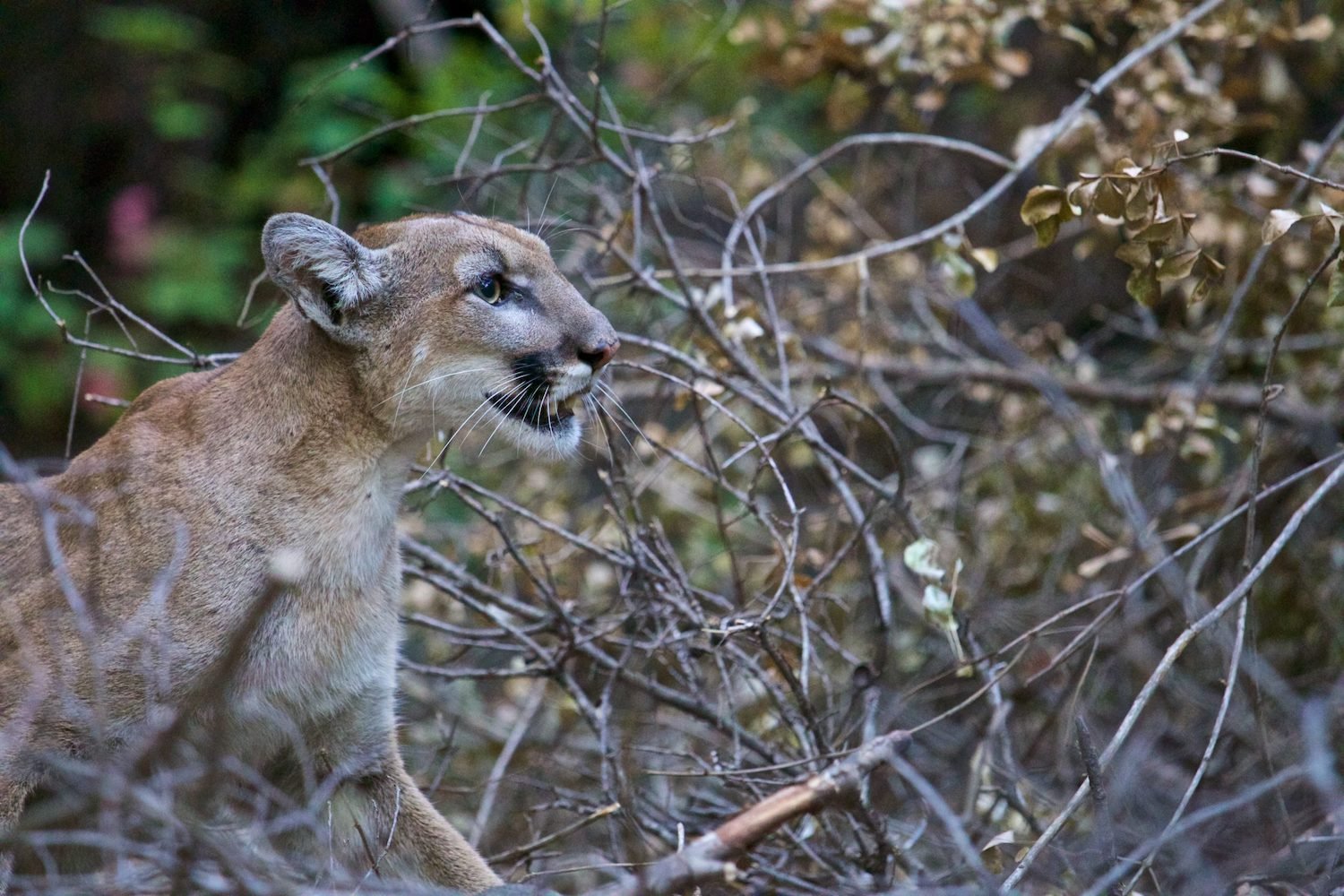
You mentioned air horns and bear spray. Are there things that people should generally carry?
Pepper spray or bear spray will work. With either of those, you want to be sure that you know how to use it because depending on the wind, it can come back in your face and then you won’t enjoy that so much. But no, If you know how to use it and know when to deploy it, it’s just another thing to warn them off. A whistle can work fine, along with clapping.
There’s a good body of research suggesting that they avoid human voices. So again, just chatting, even talking to yourself. Some people, when they’re out on long solo hikes, if there’s not a lot of other people around who they could annoy by doing it, sing to themselves or play music or just play a podcast on the speaker of their phone.
PARTNER CONTENT
Is there anything else that you would add as well that people should know?
People’s questions are always about, “How do I stay safe?” And for understandable reasons, right? Having a big cat come after you is, evolutionarily, that is what our brains are programmed to tell us to be afraid of. But in the last century, there’s been, across North America, something like 28 or 29 fatal attacks by mountain lions, it’s just incredibly rare. The dangers exist, and I don’t want to pretend that they don’t.
The danger of something bad happening to you is far greater on your drive to the trailhead than anything that’s going to happen to you out on your hike. And we don’t think about those risks. The danger is frankly to mountain lions. But I think they’re just really cool animals. And it’s a privilege, those of us who live in the parts of North America where they still are surviving, that we do have them around and that they can be there as essential parts of the natural wild areas that we enjoy and that we love.





